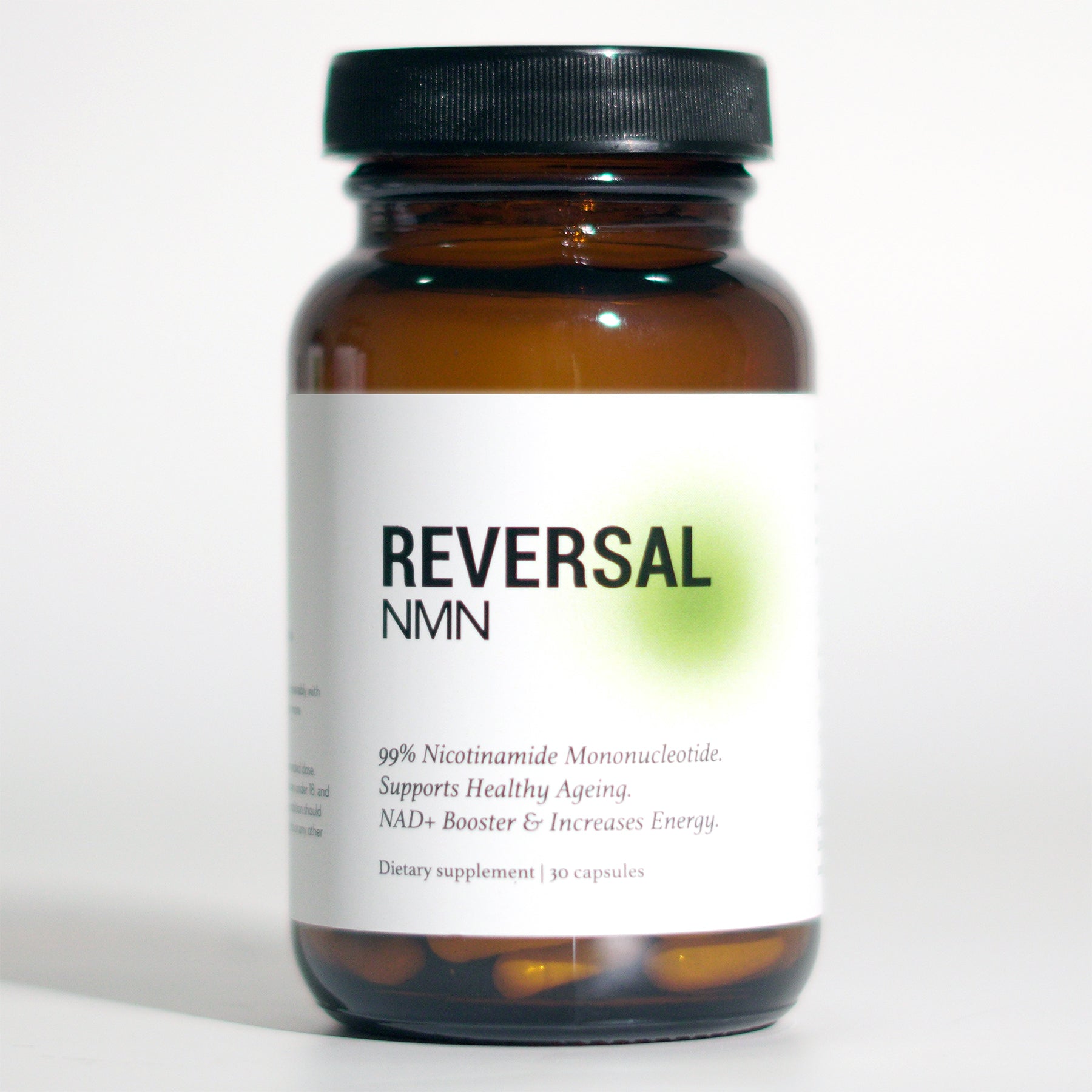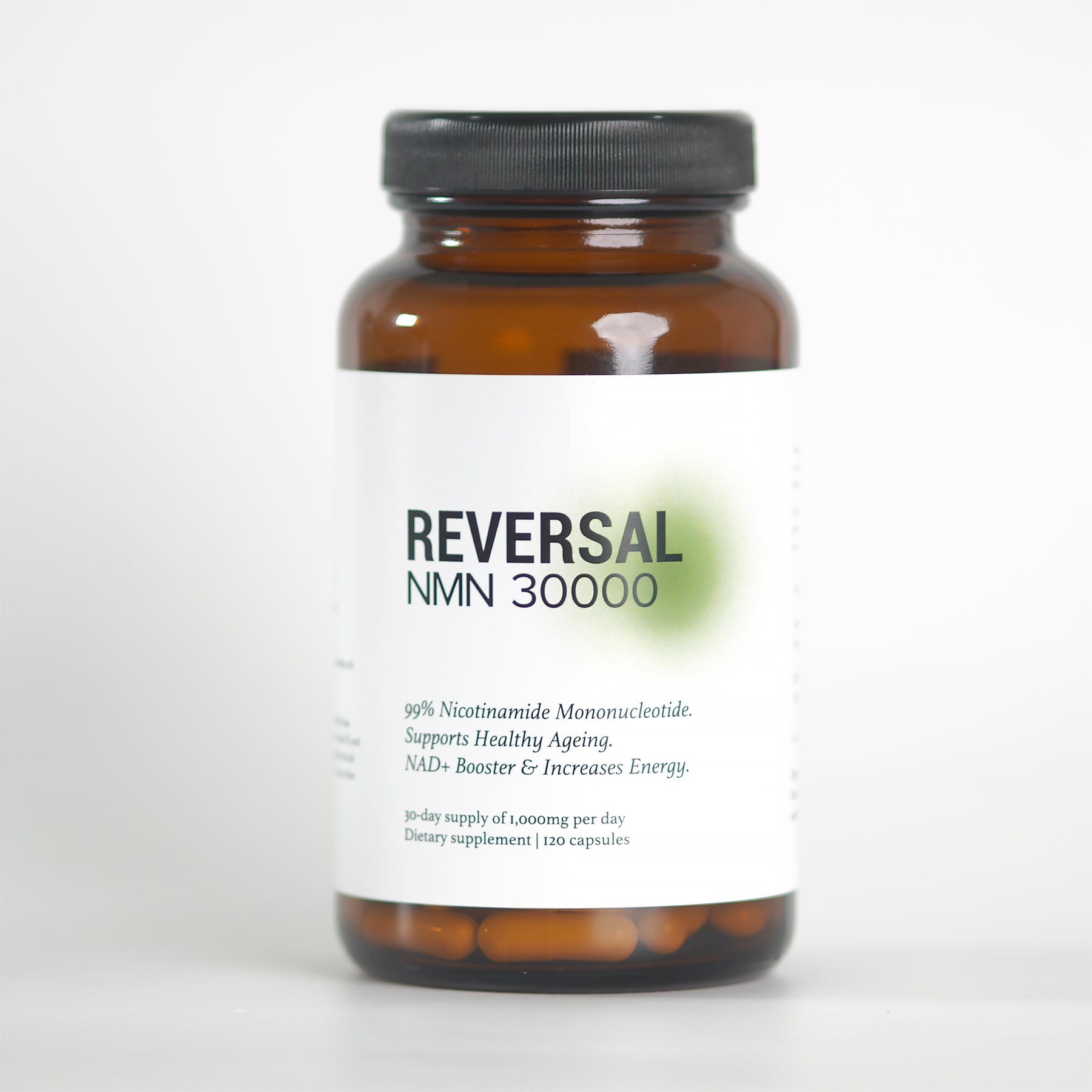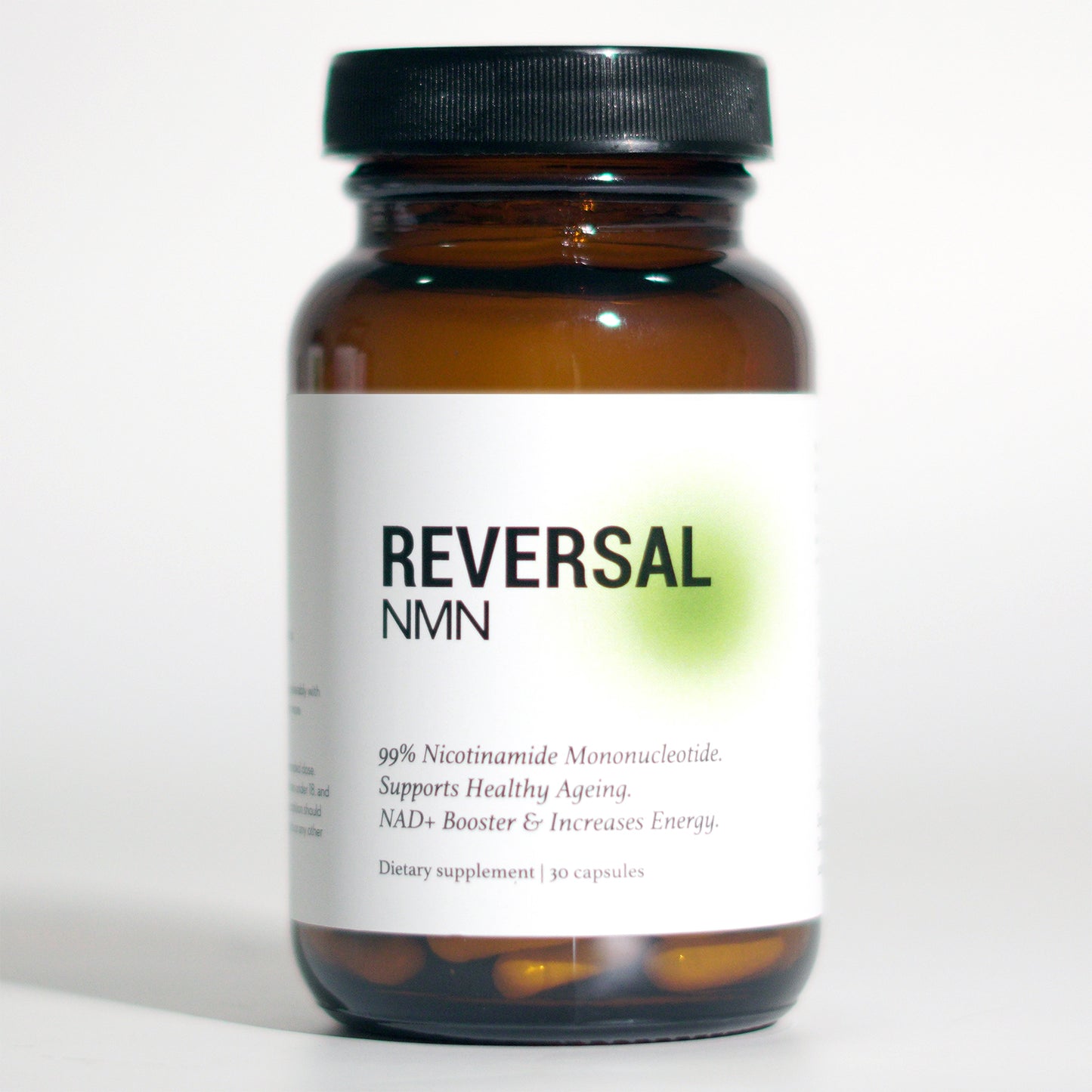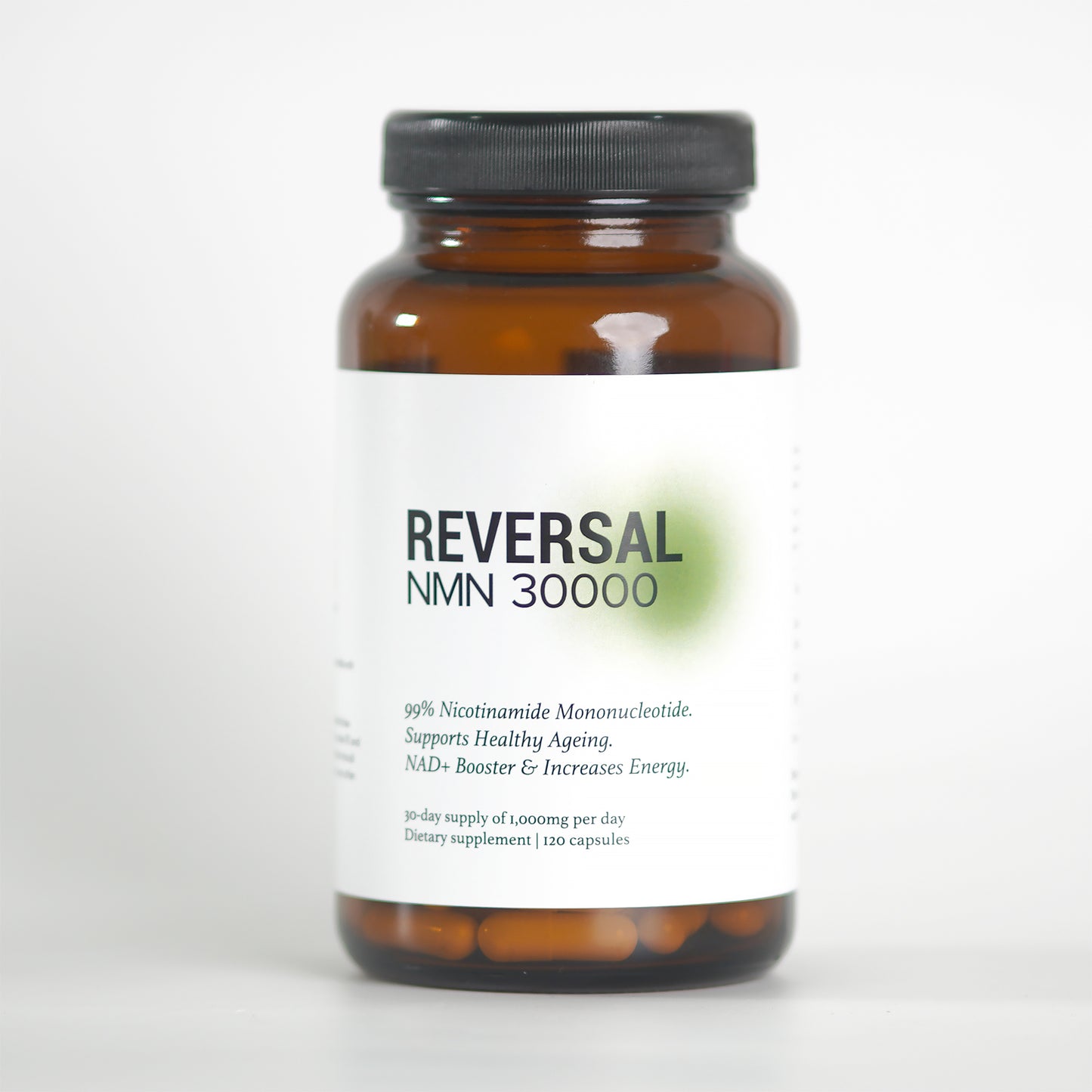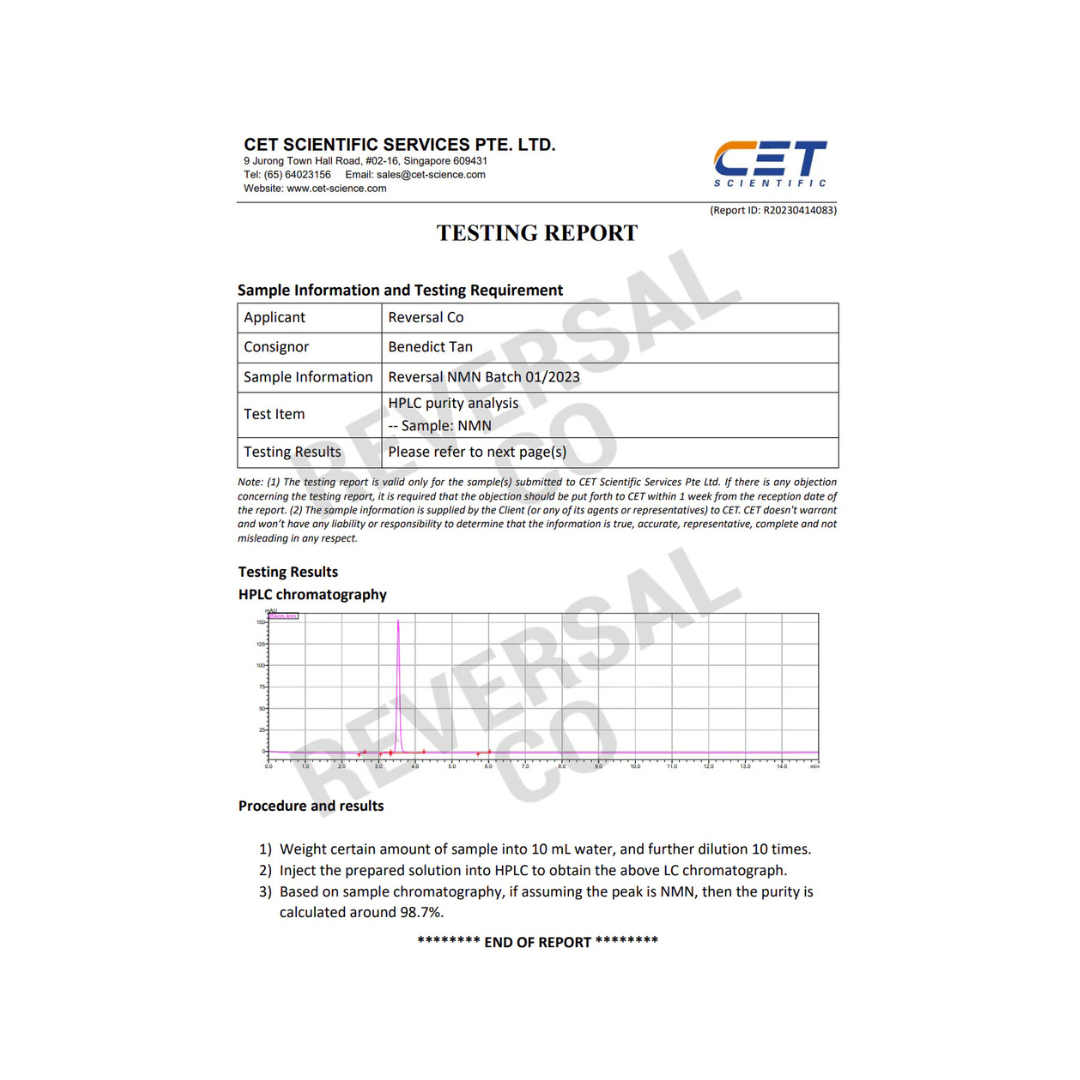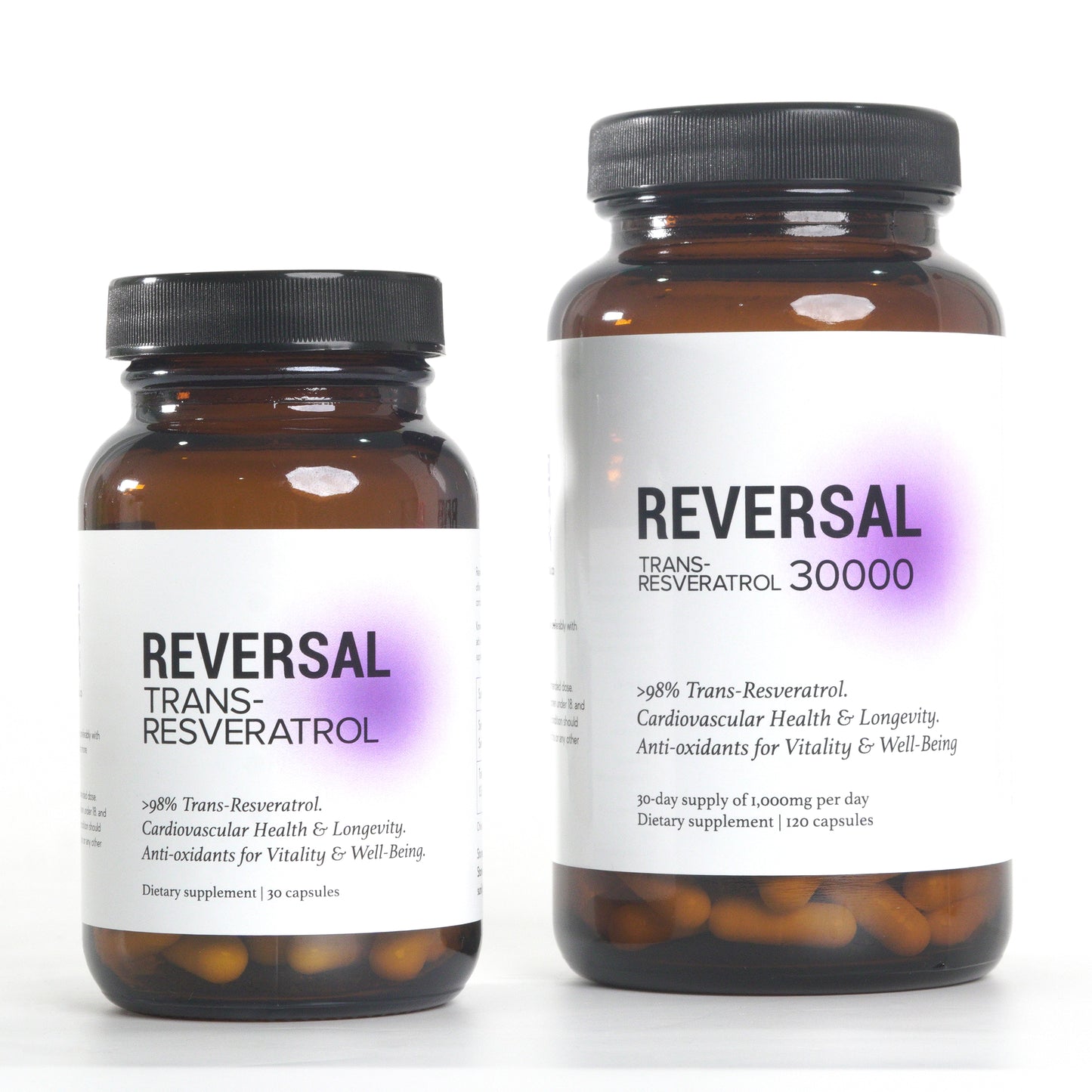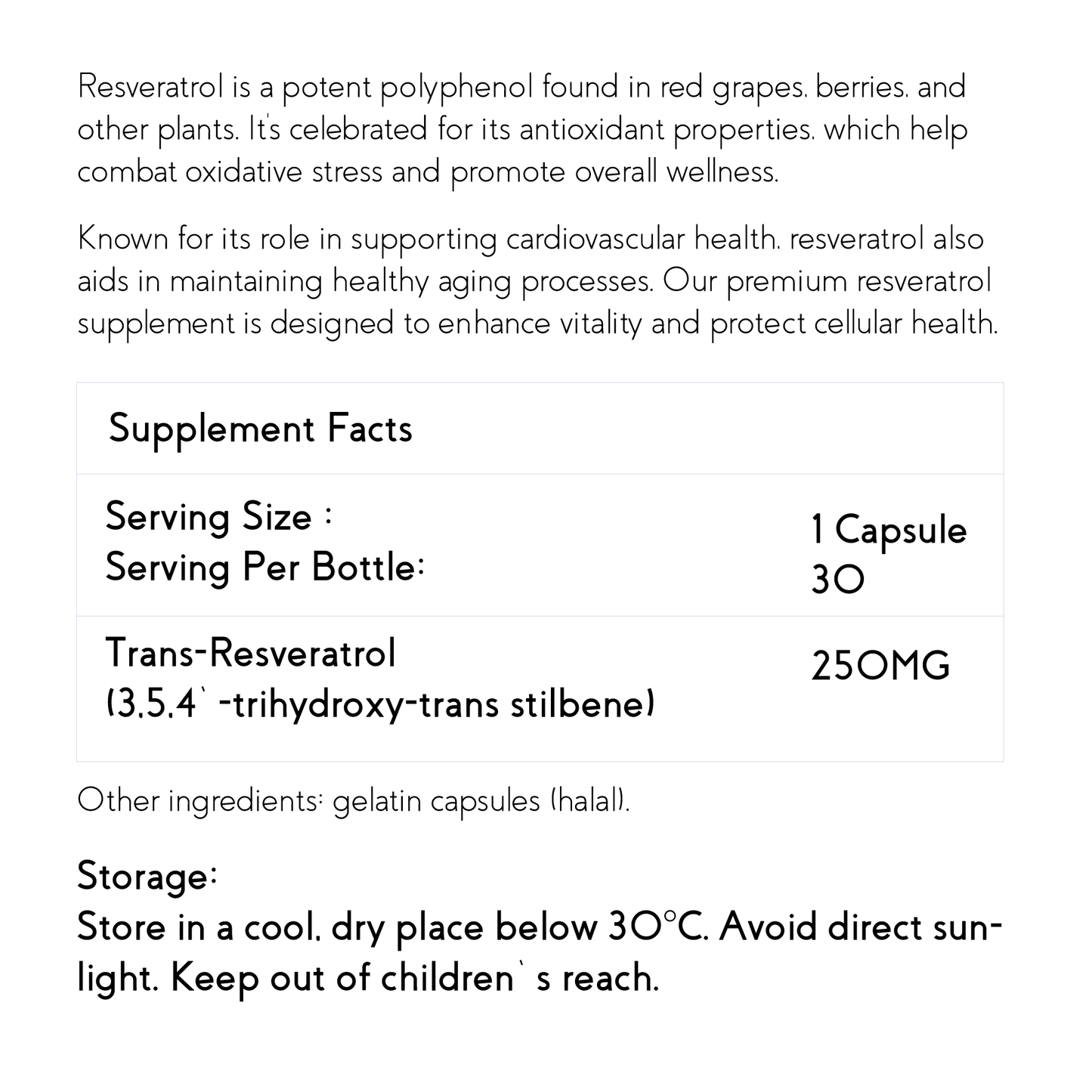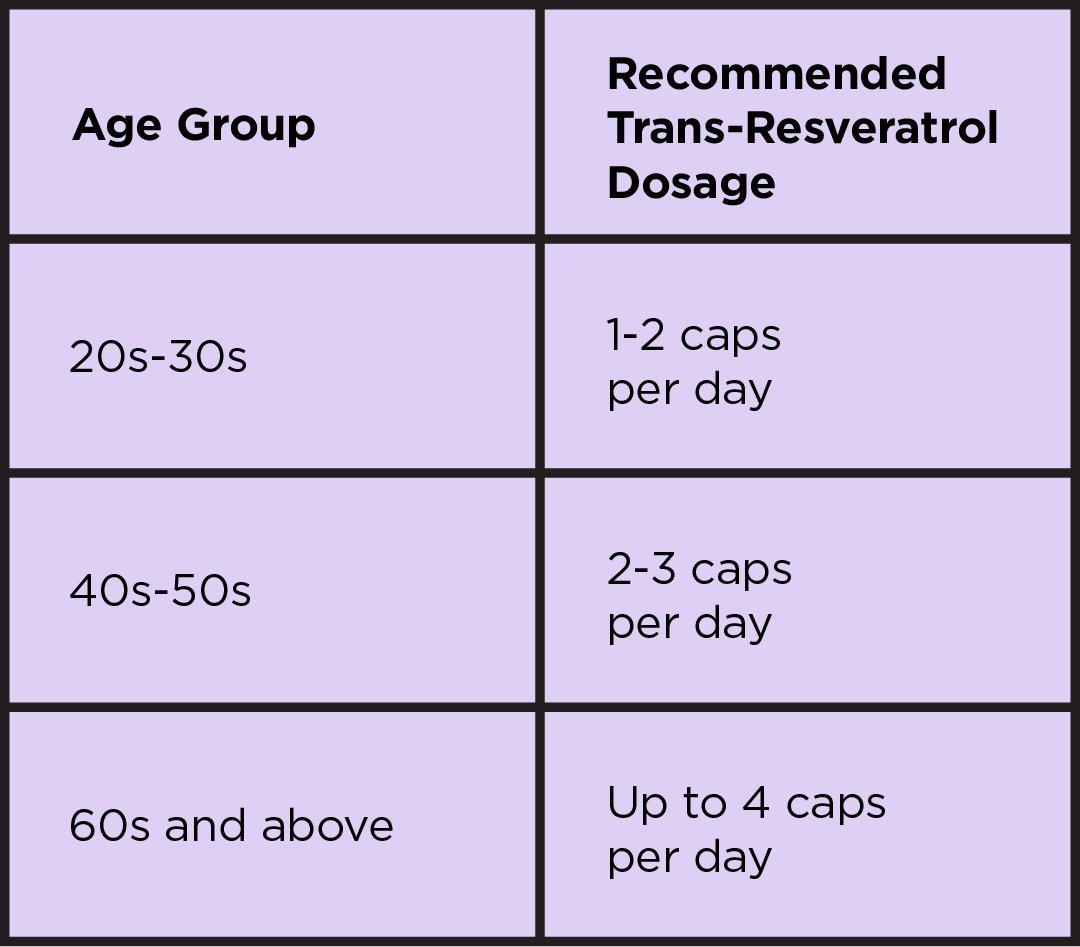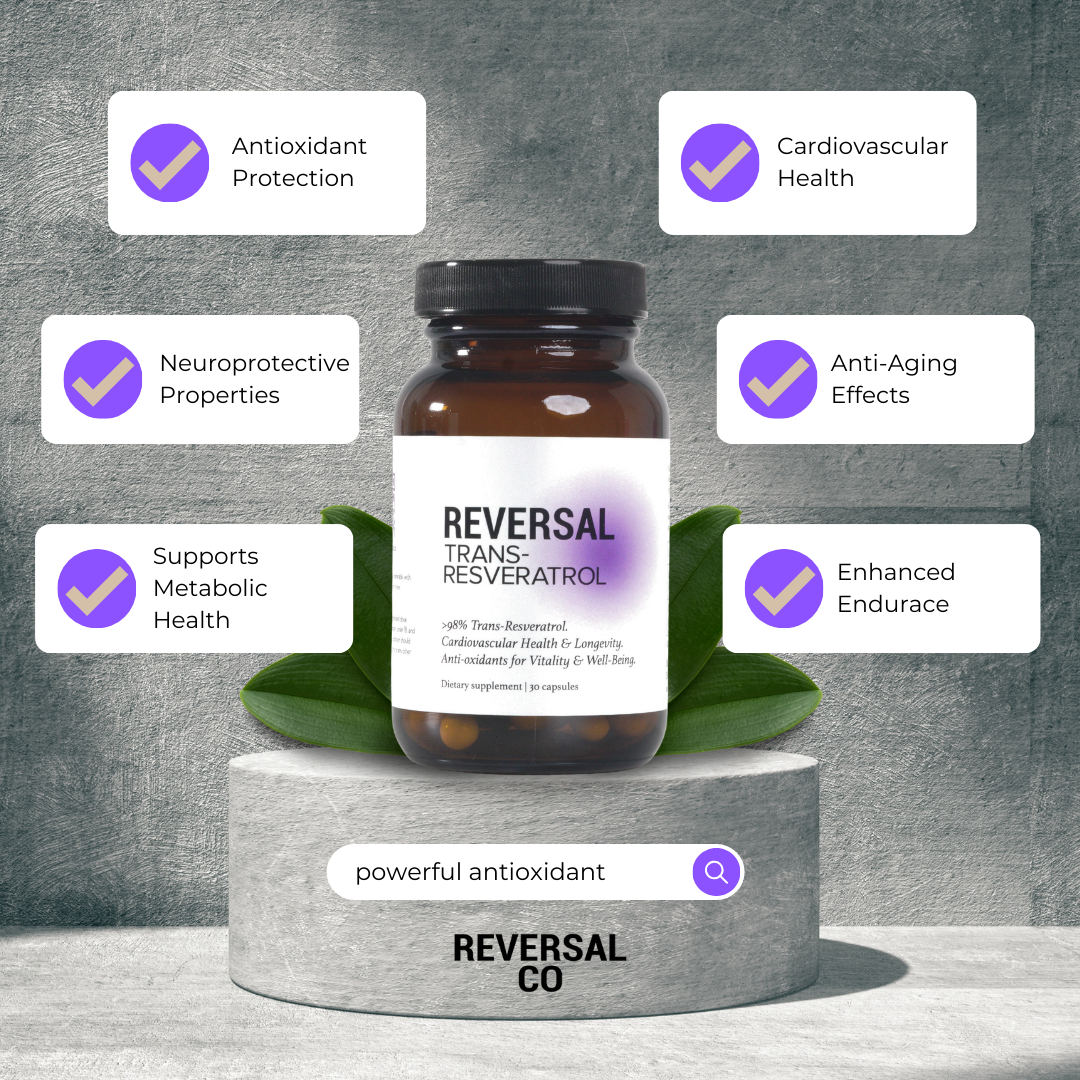What Are the Hallmarks of Aging?
As the years go by, our bodies go through various changes, and aging is a natural part of life. However, scientists have long been fascinated with the process of aging and have sought to better understand the biological hallmarks of aging. By identifying these hallmarks, researchers hope to gain insight into the underlying mechanisms of aging and, perhaps, find ways to slow down or even reverse its effects. Let's take a closer look at some of the key hallmarks of aging that have been identified through scientific research.
1. Genomic Instability
At the cellular level, genomic instability refers to the accumulation of DNA damage over time. Our DNA is constantly under assault from both external and internal sources, such as ultraviolet radiation, environmental toxins, and metabolic byproducts. As a result, the integrity of our genetic material can become compromised, leading to mutations and other alterations that drive the aging process. Scientists believe that genomic instability plays a significant role in the development of age-related diseases, including cancer and neurodegenerative disorders.
2. Telomere Attrition
Telomeres are protective caps at the ends of our chromosomes that help maintain genomic stability. However, with each cell division, telomeres gradually shorten, eventually reaching a critical length that triggers cellular senescence or death. This process, known as telomere attrition, is considered a hallmark of aging at the cellular level. Researchers have explored the potential of telomerase activation and other strategies to mitigate telomere shortening and its associated effects on aging and disease.
3. Epigenetic Alterations
Epigenetic modifications regulate gene expression patterns without changing the underlying DNA sequence. As we age, these epigenetic marks can become disrupted, leading to changes in gene activity and cellular function. Such alterations may contribute to the development of age-related conditions, and understanding how to reverse or mitigate these changes is a key area of focus in aging research.
4. Loss of Proteostasis
Proteostasis refers to the maintenance of proper protein folding, assembly, and turnover within cells. As we age, the balance of protein homeostasis becomes disrupted, resulting in the accumulation of misfolded and damaged proteins. This loss of proteostasis is associated with various age-related diseases, including Alzheimer's and Parkinson's. Research into interventions that promote proteostasis and protein quality control mechanisms holds promise for combating age-related protein aggregation and dysfunction.
5. Deregulated Nutrient Sensing
The nutrient-sensing pathways within our cells play a crucial role in regulating metabolism, growth, and aging. However, as we age, these pathways can become dysregulated, leading to altered nutrient sensing and metabolism. This deregulation is associated with the development of age-related diseases, such as diabetes and cardiovascular disorders. Understanding the mechanisms that underlie nutrient sensing and metabolism in aging may reveal targets for interventions to promote healthy aging.
6. Mitochondrial Dysfunction
Mitochondria are the powerhouses of the cell, responsible for energy production and various metabolic processes. However, as we age, mitochondrial function can decline, leading to increased production of reactive oxygen species and compromised energy metabolism. Mitochondrial dysfunction is implicated in the aging process and age-related diseases. Strategies aimed at preserving mitochondrial function and minimizing oxidative stress have garnered interest as potential interventions to counteract aging-related mitochondrial decline.
7. Cellular Senescence
Cellular senescence refers to the state of irreversible growth arrest that cells enter in response to various stresses, including DNA damage and telomere shortening. While senescent cells initially serve a protective role by preventing damaged cells from proliferating, their accumulation over time is associated with chronic inflammation and tissue degeneration. Targeting senescent cells through senolytic therapies has emerged as a potential strategy to mitigate their detrimental effects and promote healthy aging.
8. Stem Cell Exhaustion
Stem cells play a crucial role in tissue repair and regeneration throughout our lives. However, as we age, the regenerative capacity of stem cells diminishes, contributing to impaired tissue maintenance and repair. Understanding the mechanisms underlying stem cell exhaustion and exploring strategies to rejuvenate or replenish stem cell populations are active areas of investigation in the field of regenerative medicine and aging research.
9. Altered Intercellular Communication
Communication between cells is essential for coordinating physiological processes and maintaining tissue homeostasis. With aging, the signaling pathways that mediate intercellular communication can become dysregulated, leading to impaired tissue function and repair. Investigating the factors that drive age-related changes in intercellular communication and developing interventions to restore proper cell signaling are important avenues for addressing the hallmarks of aging.
10. Tissue Homeostasis
Maintaining the balance of cell proliferation, differentiation, and death is critical for tissue homeostasis. However, with advancing age, this balance can become disrupted, leading to tissue degeneration and functional decline. Understanding the mechanisms that govern tissue homeostasis and exploring interventions to preserve or restore tissue function are central to efforts aimed at promoting healthy aging and combating age-related diseases.
In conclusion, the hallmarks of aging encompass a complex interplay of cellular and molecular processes that drive the physiological changes associated with growing older. By unraveling the underlying mechanisms of these hallmarks, researchers are striving to identify interventions that can slow down, reverse, or even prevent aspects of the aging process. As our understanding of the hallmarks of aging continues to evolve, so too does the potential for groundbreaking discoveries that may one day transform the landscape of aging and age-related diseases.
For further reading on this topic, you can visit the website of the National Institute on Aging (NIA), a leading source of information and research on aging and age-related conditions.
This blog post is for informational purposes only and does not constitute medical advice. If you have specific concerns about aging or age-related conditions, it is important to consult with a qualified healthcare professional for personalized guidance and recommendations.


